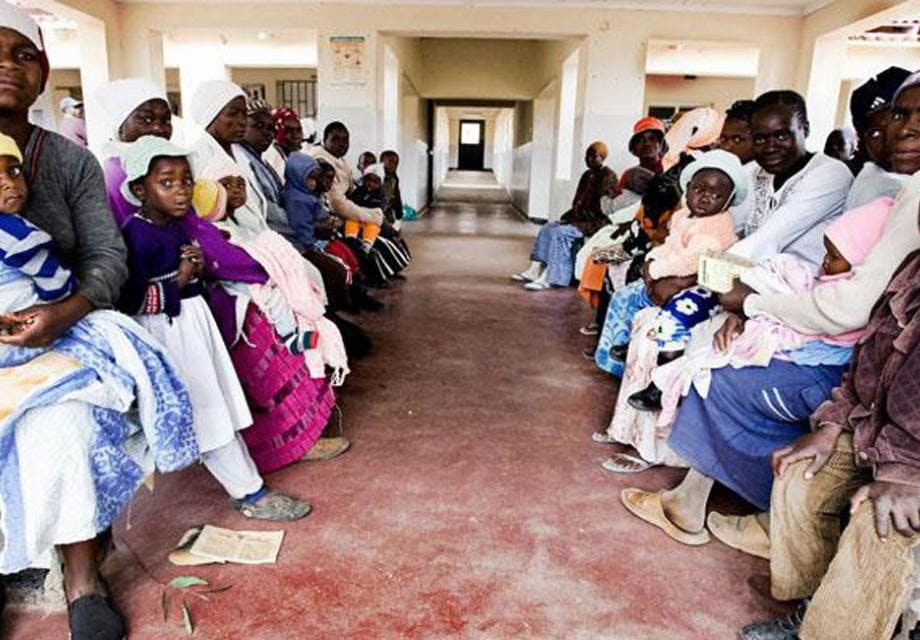Viral load suppression among young people and adolescents falling behind in Malawi, Zambia and Zimbabwe
Caitlin Mahon
15 December 2016
A number of southern African countries are making good progress towards the 90-90-90 Fast-Track Targets, but efforts to reach younger populations need to be redoubled.
The average figure for viral load suppression among young people and adolescents is only 42% in Malawi, Zambia and Zimbabwe, compared to an average of 65% for community viral load suppression among all adults living with HIV in these three countries, according to new data.
Viral load suppression is a major indicator of HIV treatment success, so these statistics highlight the urgent need to target HIV treatment and support services to young people and adolescents, helping them access and adhere to life-saving treatment.
The new statistics were released as part of the President’s Emergency Plan for AIDS Relief’s (PEPFAR) Population-based HIV Impact Assessments (PHIA) Project, which conducts household-based national surveys that aim to measure the status of the national HIV response across a number of PEPFAR priority countries.
The PHIA also measures progress towards the UNAIDS 90-90-90 Fast-Track Targets, which call for 90% of all people living with HIV to be diagnosed, 90% of diagnosed people to be on treatment and 90% of those on treatment to be virally suppressed by 2020. This means that out of all people living with HIV (diagnosed and undiagnosed), 81% are to be on treatment and 73% are to achieve viral suppression by 2020.
Figures across all three countries show that older people are more likely to be virally suppressed than their younger counterparts. In Zambia, just 34% of young women aged between 15 and 24 and 35.7% of young men are virally suppressed. For all adults living with HIV in Zambia, the results are impressive – at 89.2% – but highlight the major differences in viral suppression across age groups.
In Malawi, 86.5% of HIV-positive women aged 55 to 64 are virally suppressed. This is compared to 51.9% of women aged between 15 and 24, and just 36.7% of males of the same age. 90.8% of all people on treatment are virally suppressed in the country.
In Zimbabwe, viral suppression has reached 48.6% among HIV-positive females aged 15 to 24 and 40.2% among HIV-positive males of that age.
Despite the age disparities, the average of 65% community viral load suppression among all HIV-positive adults across these three countries is extremely positive, putting all three countries on track to reach the 73% target by 2020.
Dr Tom Frieden, the Director of the USA Centers for Disease Control (CDC), noted: “Malawi, Zambia, and Zimbabwe have made remarkable progress helping people learn their HIV status, get life-saving HIV treatment, and suppress the virus completely.”
“To further reduce spread of HIV in this new era of Test and Start, we need to reach more men and more young women to provide testing and immediate start of HIV treatment.”
Get our news and blogs by email
Keep up-to-date with all our latest news stories and blogs by signing up to the Be in the KNOW news digest.
